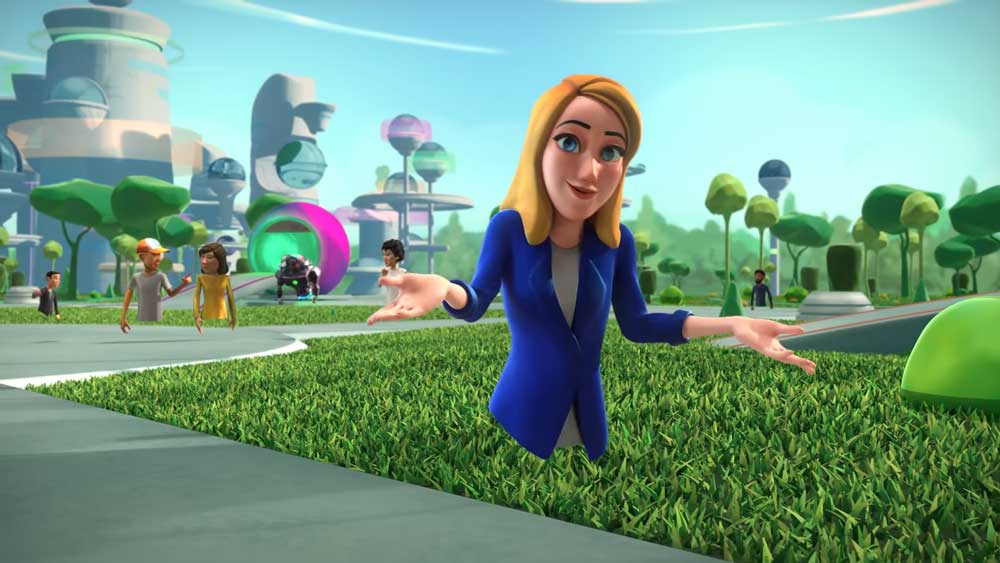Meta gives avatars legs, Quest Pro expands VR for professional use

Meta's legless VR avatars continue to be a target for internet mockery. Meta's chief technology officer now confirms that a solution is in the works.
Outsiders in particular are often surprised that the avatars have no lower body and float leglessly in virtual space. This gives rise to irritation, laughter, and ridicule - as documented by numerous online articles and tweets.
The fact that the avatars have no legs has a technical reason: Meta Quest 2 only tracks hand and head movements, but not hips, legs, and feet. Full-body tracking is an unsolved problem, at least if you want to get by without external camera accessories.
Avatar legs in development
In the latest Q&A on Instagram, Meta's chief technology officer Andrew Bosworth says why Meta forgoes simulating the user's own legs and describes a solution to the problem.
"Having legs on your avatar that don't match your real legs is very disconcerting to people, but of course, we can have legs for other people you can see, and it doesn't bother you at all. We are working on legs that look natural for somebody who is a bystander because they don't know how your real legs are actually positioned, but probably when you look at your legs you continue to see nothing. That's our current strategy."
Bosworth described this solution on a previous occasion. To my knowledge, this is the first time he has confirmed that Meta is working on avatar legs.
Project Cambria will be much more expensive than Quest 2
Bosworth also commented on the following topics:
- Meta's EMG wristband, which could become the interface for a future AR headset. The team is conducting research on several fronts. First, on the hardware, which needs to be light, small, and comfortable enough. Second, on the software, which would make it possible to translate electrical brain signals into computer commands.
- Project Cambria: The premium headset (info), due out in October, will have a "much higher price point" than Meta Quest 2, he said. Bosworth hopes it will expand the mainstream market for virtual reality devices toward professional use. Bosworth also admits that VR still has hurdles to clear to make a day's work in VR enjoyable. These include resolution, multi-focus, wearing comfort, battery life, and interface.
- Impressive tech demo: Bosworth says he tried out a tech demo this week that was "not just the highlight of my year, it is probably one of the highlights of my career." He doesn't reveal more details.
- Bone-conduction technology as an audio solution for tech glasses: Bone conduction is pretty cool, he says. But, it also has limitations (transmittable frequencies, discomfort for some users). "It's not a perfect thing when you want to reach a really broad audience."
Note: Links to online stores in articles can be so-called affiliate links. If you buy through this link, MIXED receives a commission from the provider. For you the price does not change.